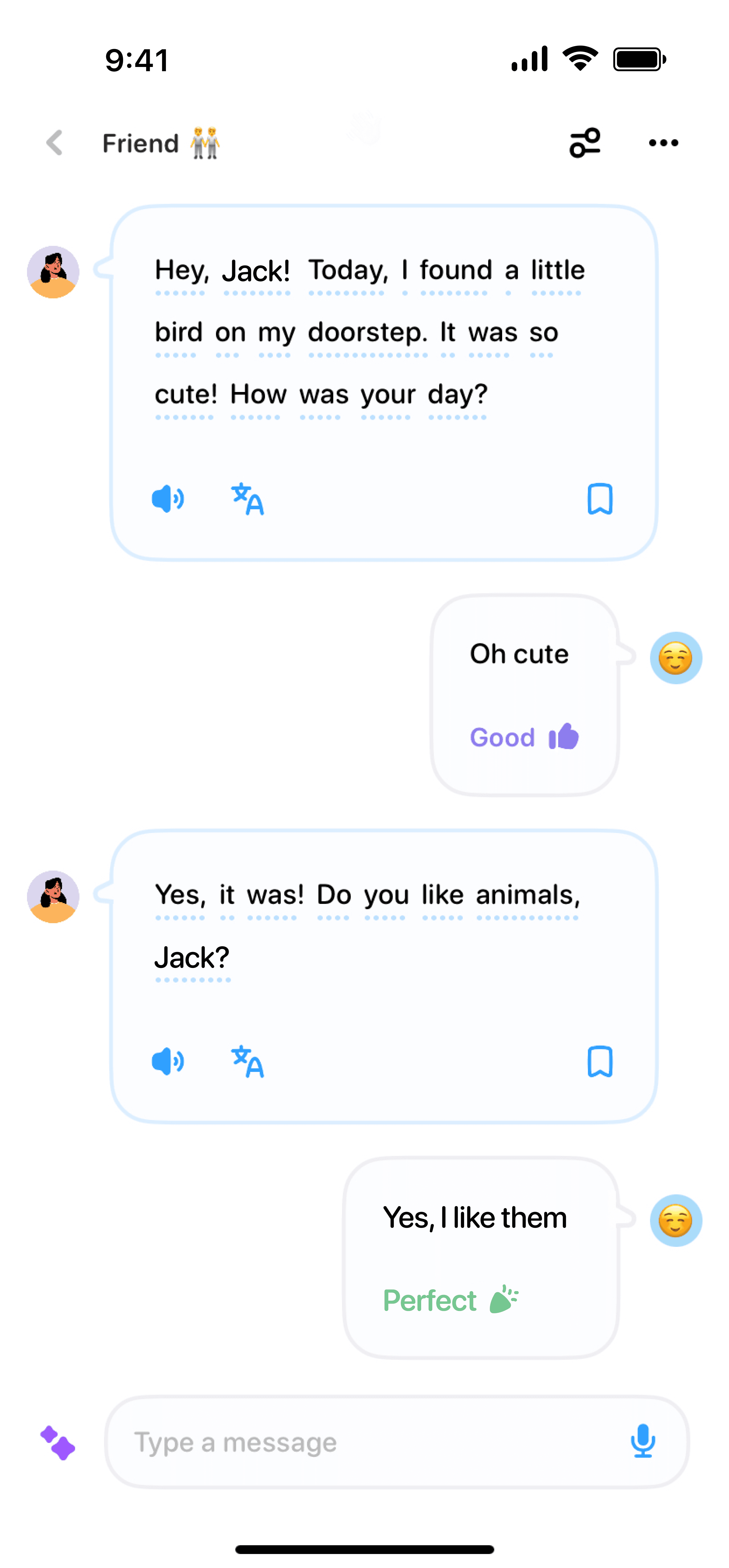04/12/2024
·
Emma Robbie
If you've ever wondered whether it's possible to teach a dog to understand English, you're not alone. With our furry friends being such an important part of our lives, the idea of enhancing our communication with them sounds absolutely thrilling. While teaching a dog to speak like a human may not be in the cards, there are ways to help them understand basic English commands. Let's dive into the best methods for teaching English to dogs!
Start with Basic Commands
First things first: Stick to simple, basic commands when starting out. Words like "sit," "stay," "come," and "down" are fundamental. These commands are short, making them easier for your dog to comprehend and recognize.
When introducing these commands, always use a friendly tone and positive reinforcement. For example, when teaching "sit," say the command, guide your dog into a sitting position, and immediately reward them with a treat or praise. Repeat this process consistently.
Use Consistent Language
Consistency is key when it comes to dog learning English. If you say "down" one day and "lay down" another, it can confuse your pup. Choose one word for each command and stick to it. This helps your dog form a clear association between the word and the action.
Also, try to use the same tone and inflection when giving commands. Dogs are very good at picking up on the nuances of our voice patterns.
Pair Words with Actions
Why not make your dog’s learning experience even more powerful by pairing words with actions? For instance, when teaching “fetch,” say the word as you throw a toy. This helps your dog connect the command with the fun activity of chasing and retrieving the toy.
Repeat and Reinforce
Repetition and reinforcement play huge roles in a dog's learning process. Practice commands multiple times a day in various settings. This helps your dog understand that these words apply in different contexts, not just during training sessions.
Make Learning Fun
Learning should never be a chore for your dog. Make it fun! Incorporate games, toys, and plenty of treats to keep their motivation high. Interactive playtime can work wonders in reinforcing the commands you’ve been teaching.
Avoid Overloading
While it’s tempting to teach your dog every word in the English language, it’s best to avoid overwhelming them. Stick to a few key commands at a time. Once they’ve mastered those, you can gradually introduce new ones.
Use Hand Signals
Alongside verbal commands, consider using hand signals. Dogs are visual learners and often pick up on gestures more quickly than words. Pairing a hand signal with a verbal command strengthens the association and makes it easier for your dog to learn.
Be Patient
Dogs, like humans, learn at their own pace. Some might pick up new words in days, while others may take weeks. Patience is essential. Celebrate small victories along the way and remain persistent.
Incorporate into Daily Routine
The best way to reinforce learning is by incorporating commands into your daily routine. Use these words during playtime, walks, and mealtimes. This integration helps your dog understand that these commands are part of everyday life, not just isolated training sessions.
Seek Professional Help if Needed
If you find yourself struggling or your dog requires special attention, seeking help from a professional dog trainer can be beneficial. They can provide tailored advice and techniques based on your dog's unique needs and behaviors.
Teaching English to dogs is a rewarding journey filled with teachable moments and bonding opportunities. With patience, consistency, and a lot of love, you can enhance your communication with your furry friend and enjoy a more enriched relationship.



